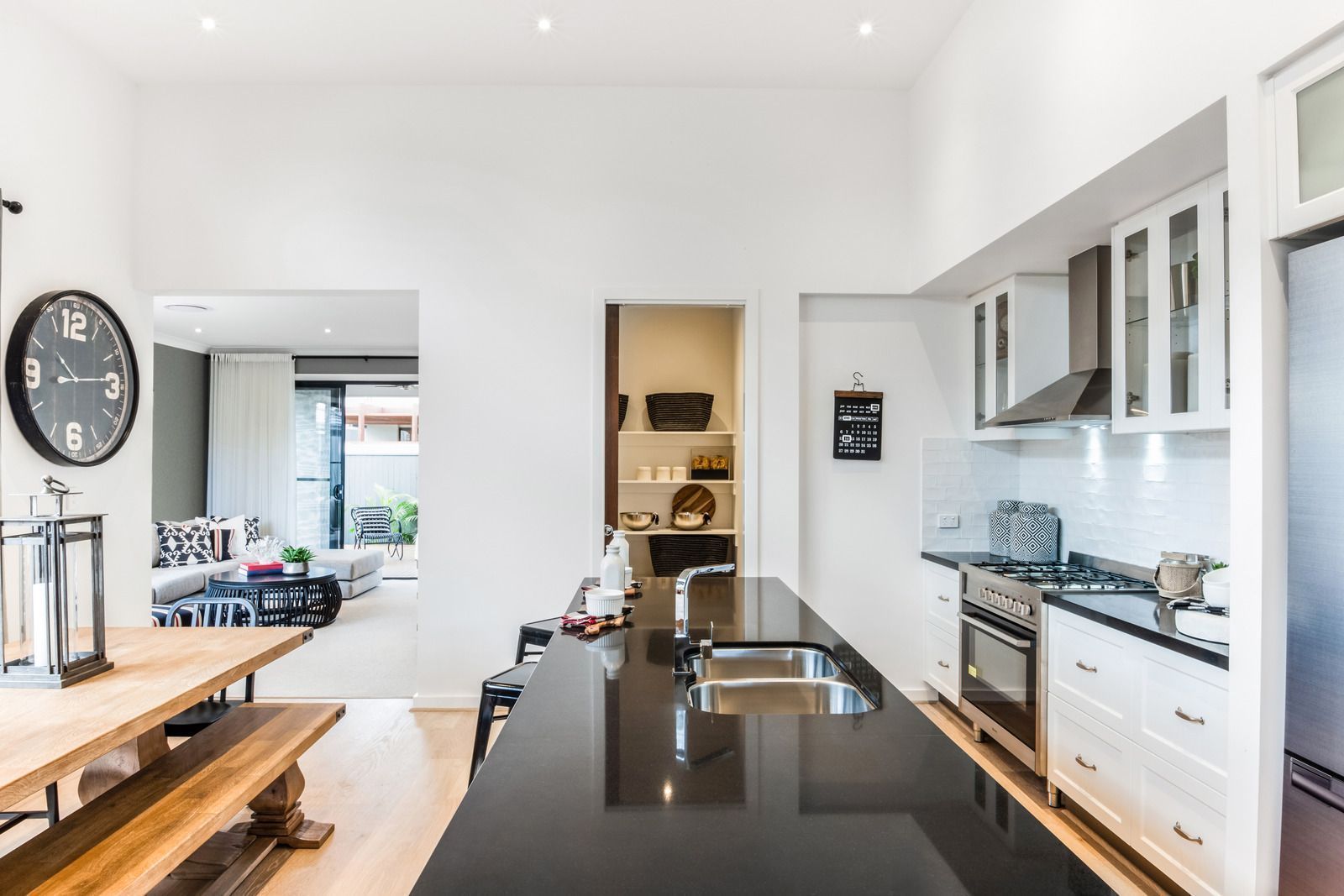The Complete Guide to Custom Home Building from Start to Finish
Before selecting land or hiring professionals, you need a clear understanding of your financial limits and design priorities. Identify your must-haves, preferred home size, number of bedrooms, and desired style. Determine how much you can realistically afford, keeping in mind costs for land, permits, materials, labor, and contingencies. A solid budget will shape your decisions throughout the entire build.
Step 2: Choose the Right Lot
Location is everything. Whether you’re drawn to urban neighborhoods or peaceful countryside settings, evaluate factors such as zoning laws, soil conditions, utility access, and local infrastructure. Some lots may require additional prep work like grading or clearing. It’s a good idea to consult with a builder or engineer before purchasing to ensure the land is suitable for your vision.
Step 3: Assemble Your Team
You’ll need a reliable team that may include an architect, builder, and interior designer. Look for professionals with experience in custom home construction and strong client reviews. Early collaboration helps ensure that your design goals, structural requirements, and budget are aligned. Many custom home builders offer design-build services that combine design and construction under one roof for a more streamlined experience.
Step 4: Design Your Dream Home
This is where your ideas come to life. Work closely with your architect to create a layout that reflects your lifestyle. Consider how you use your space—do you entertain often? Need a home office? Want open-concept living? Prioritize both function and aesthetics. During this stage, you’ll also select materials, fixtures, cabinetry, and flooring. Your choices now will directly impact your final cost.
Step 5: Secure Permits and Approvals
Before breaking ground, your team must submit your plans to the local permitting office for approval. This process ensures your home complies with building codes, safety standards, and zoning regulations. Permit timelines vary, but a well-prepared application can speed up the process. Your builder or contractor typically handles this step for you.
Step 6: Begin Construction
Once permits are in place, construction begins, starting with site preparation and foundation work. From framing and roofing to plumbing and electrical, your builder manages the sequence of tasks to keep your project on track. Frequent site visits and progress updates help you stay informed and involved throughout each phase.
Step 7: Final Touches and Walkthrough
As construction nears completion, final touches like painting, flooring, and landscaping are finished. Then comes the final walkthrough, where you and your builder inspect the home to identify any needed corrections or adjustments. After all details are addressed, you'll receive the keys to your new custom-built home.
Your Custom Home Journey Begins Here
Building a custom home requires careful planning, clear communication, and an experienced team to bring your vision to life. At Cal-X Builders Inc. in Burbank, CA, we’ve helped homeowners realize their dream spaces for over 7 years with expert guidance from start to finish. Ready to design a home that's truly yours? Contact us today to get started!
Building a custom home is an exciting journey that transforms your unique vision into a tangible reality. Unlike pre-built options, custom homes allow you to personalize every detail—from layout and materials to finishes and functionality. However, without a clear roadmap, the process can become overwhelming. This guide walks you through every step of custom home building to help you make confident decisions and enjoy the process from start to finish.
Step 1: Define Your Budget and Goals




